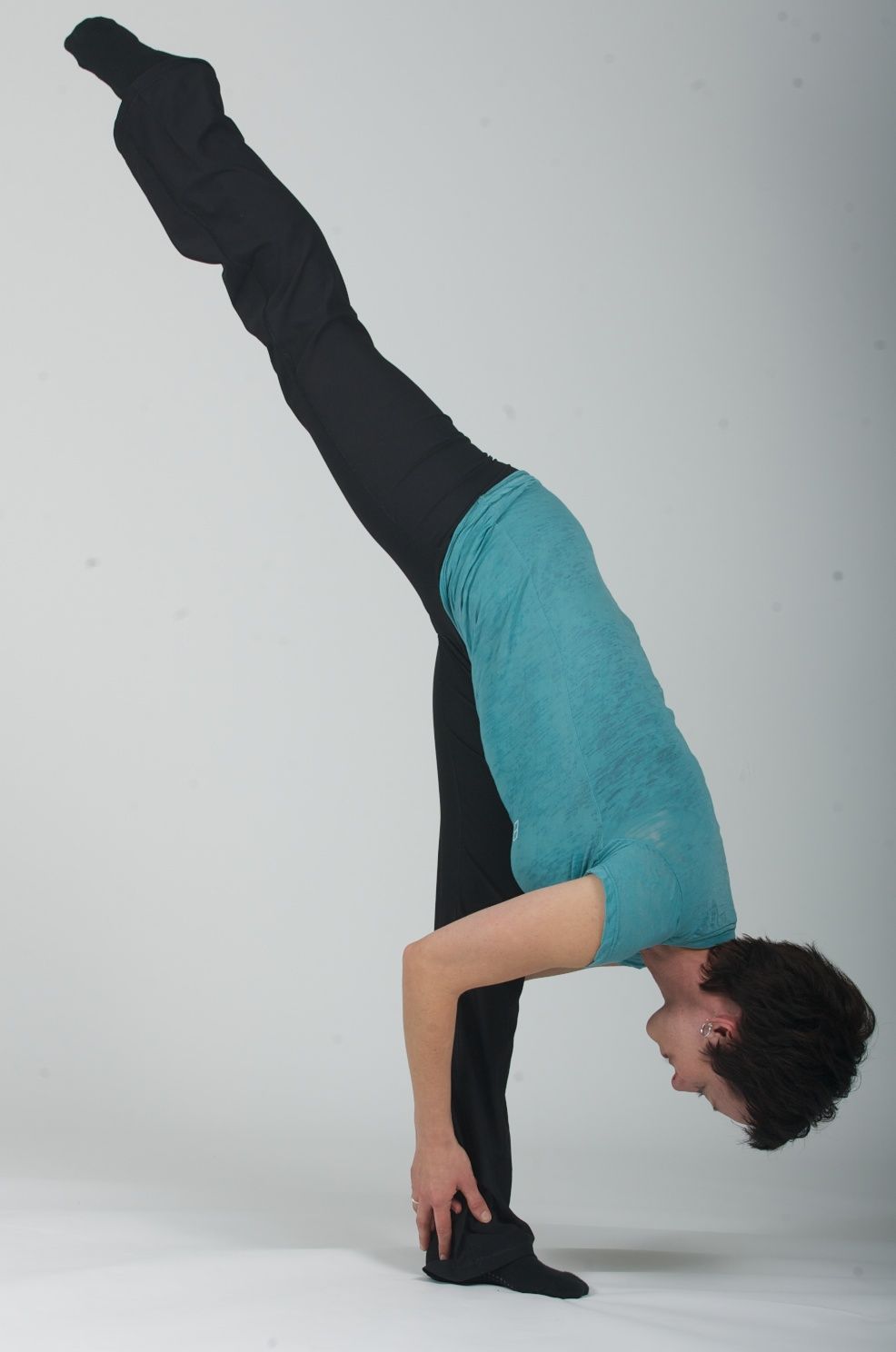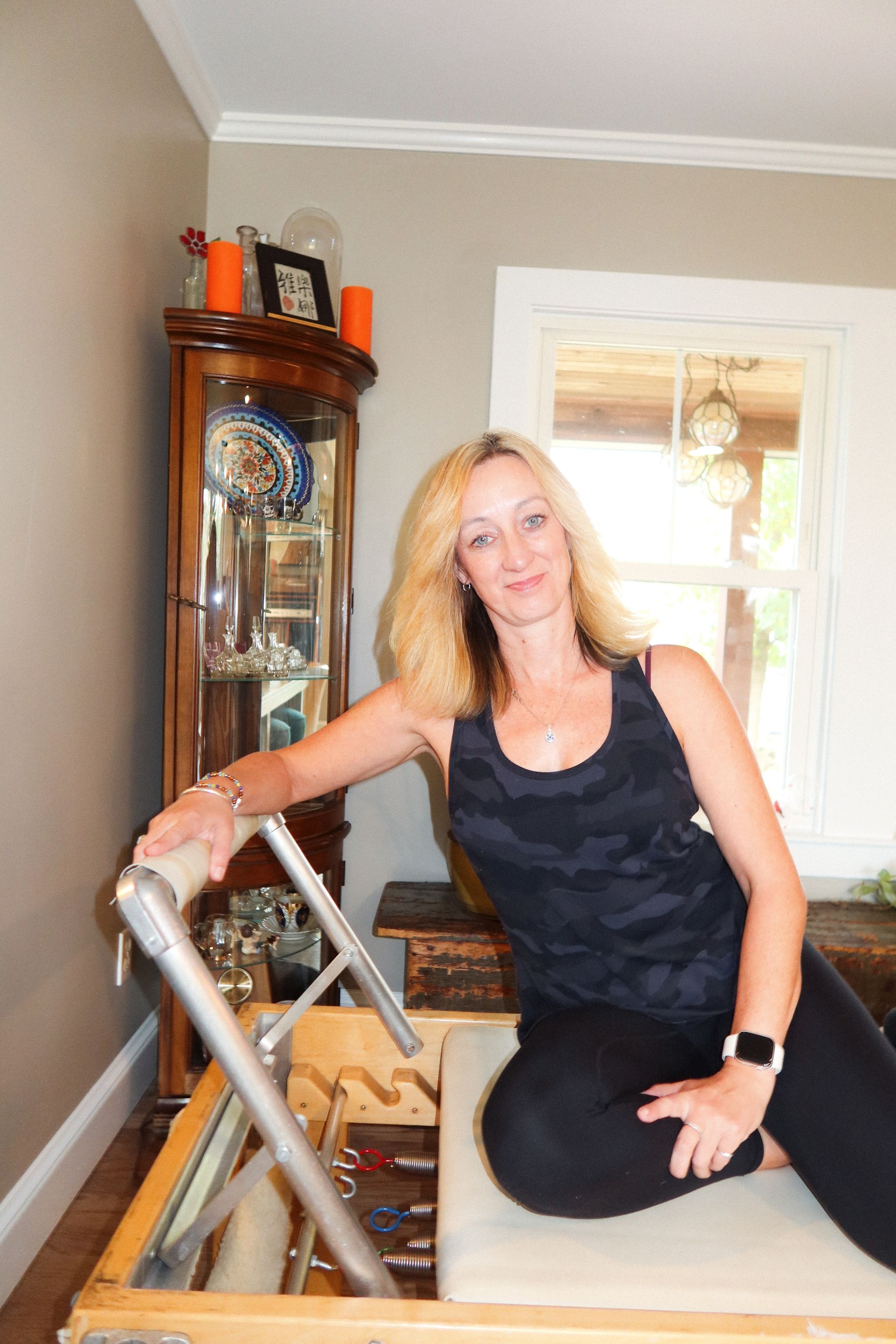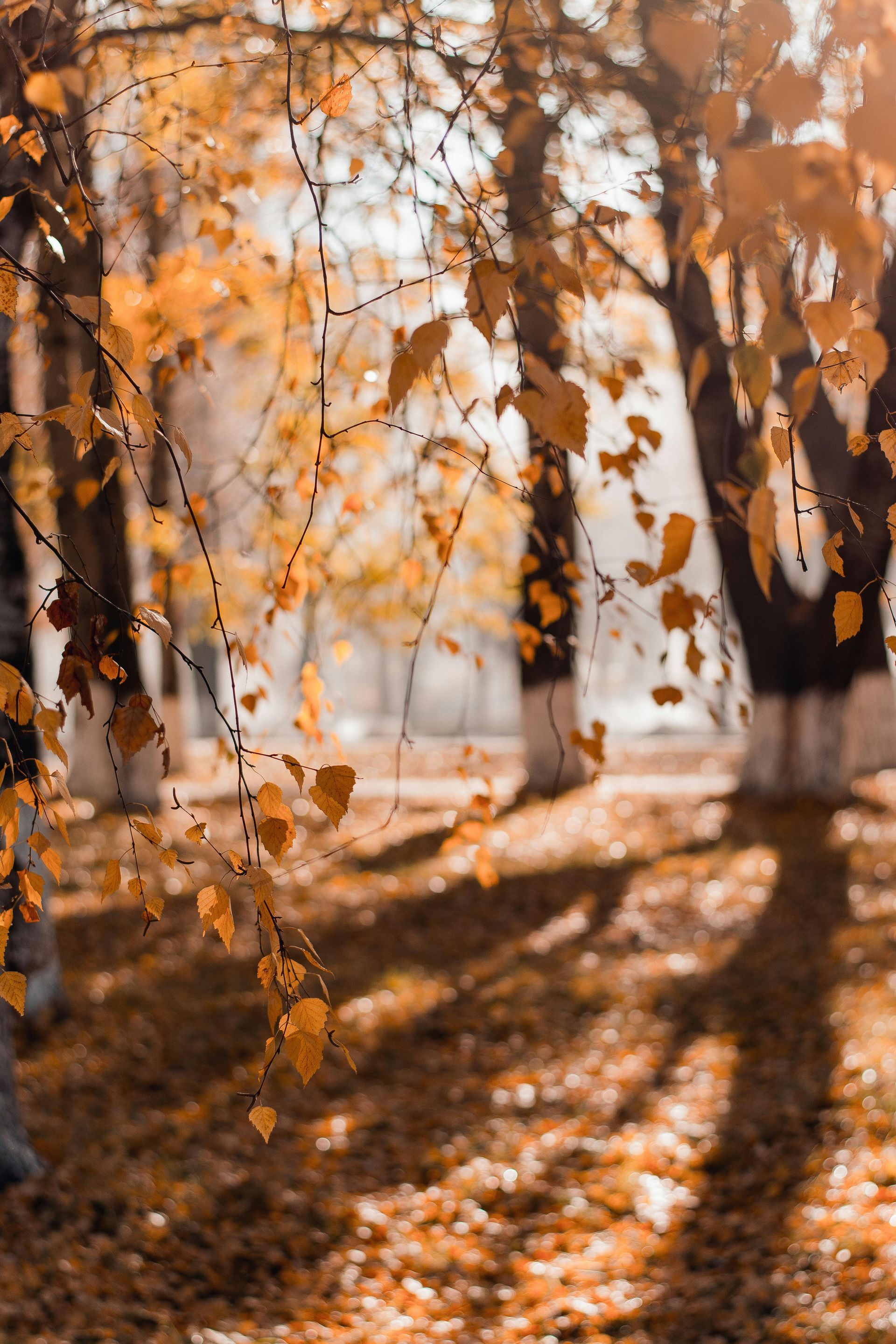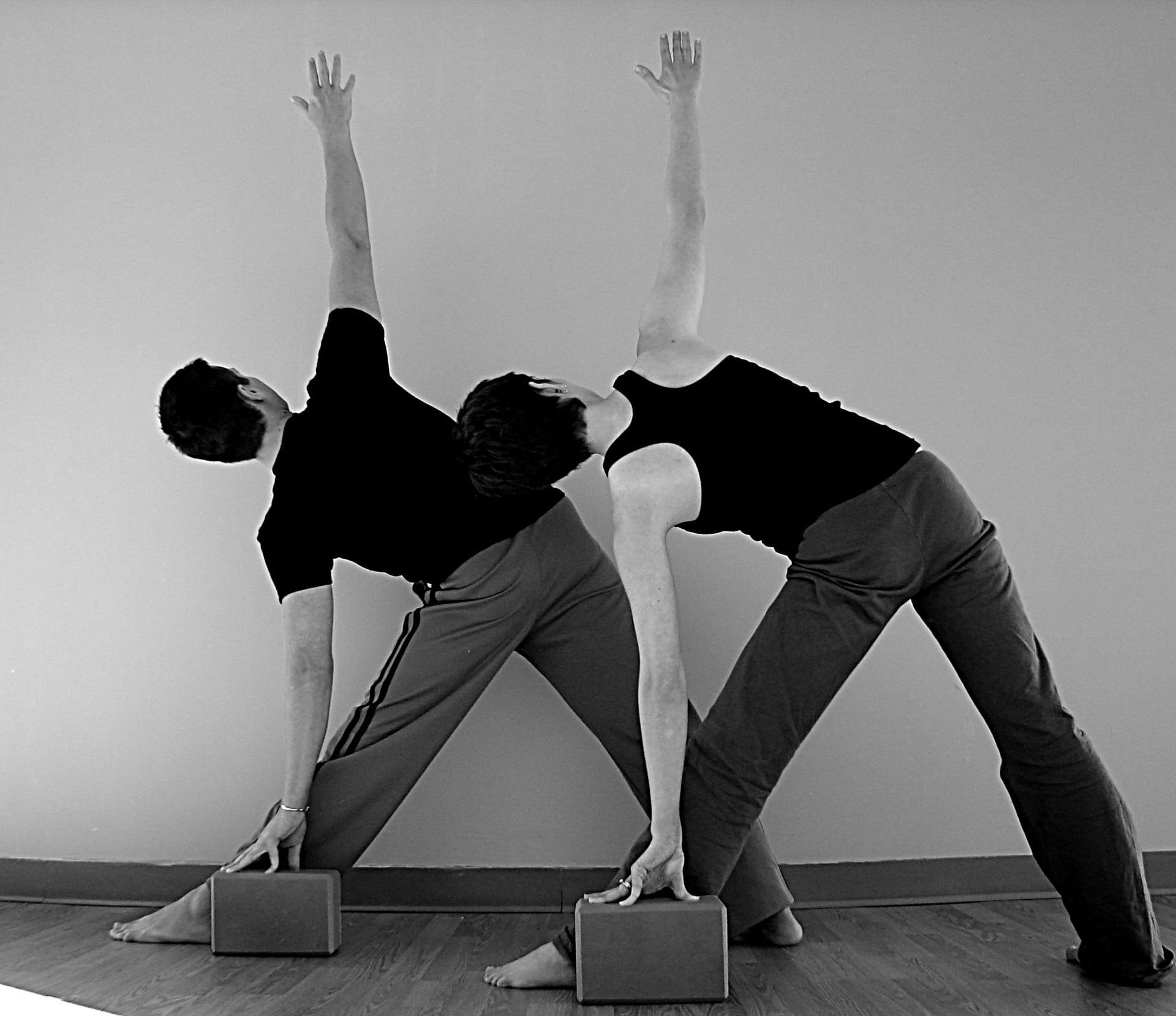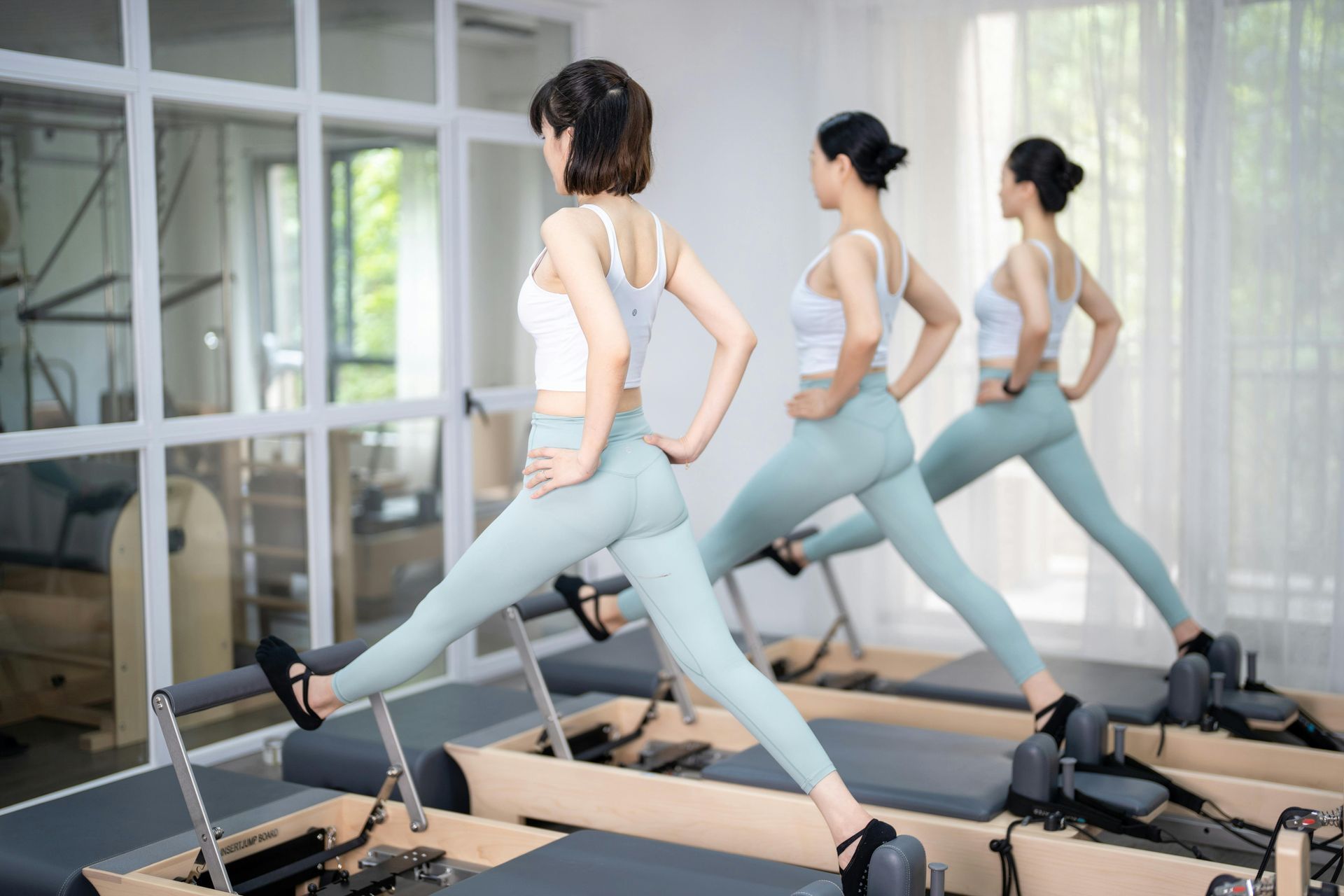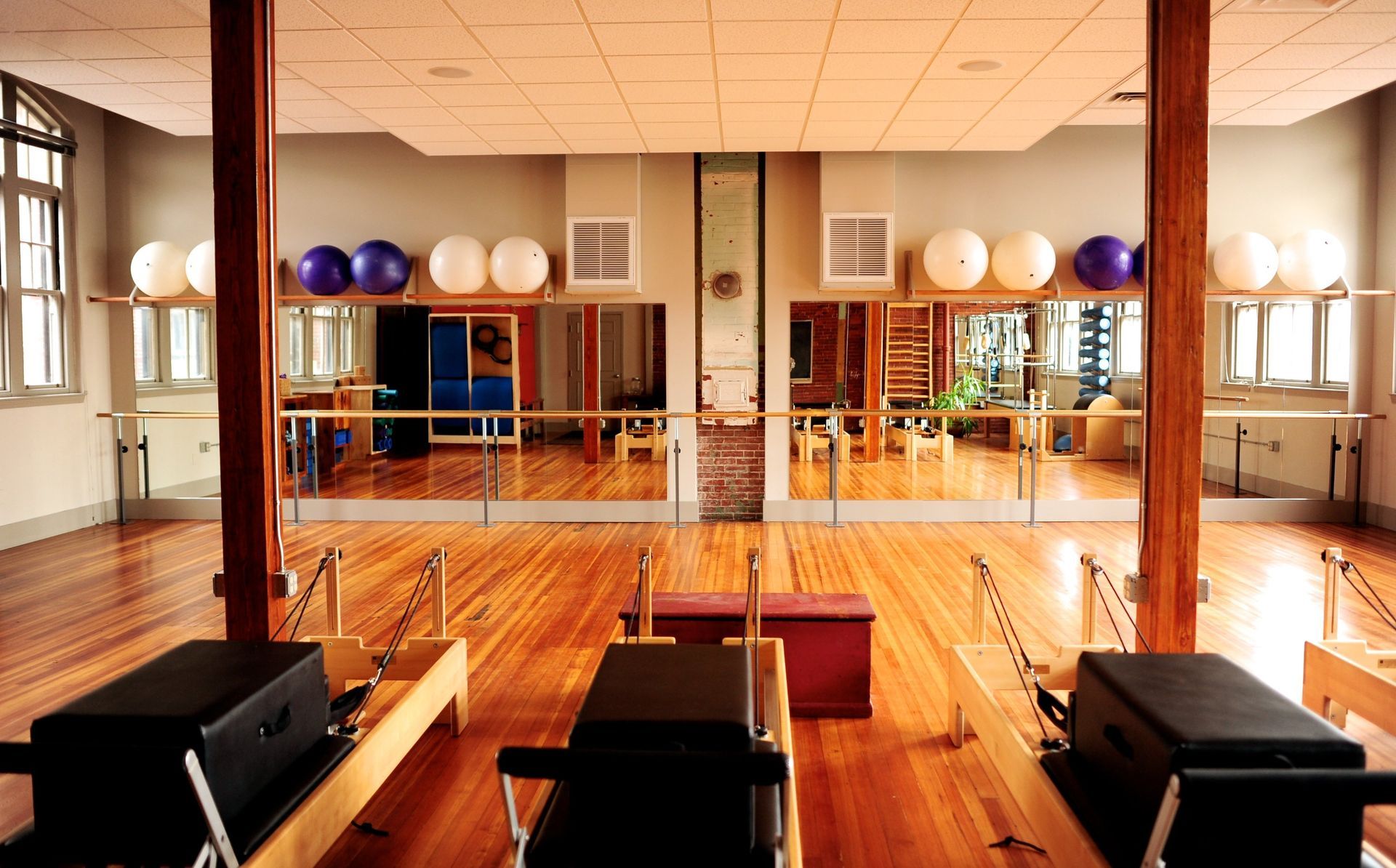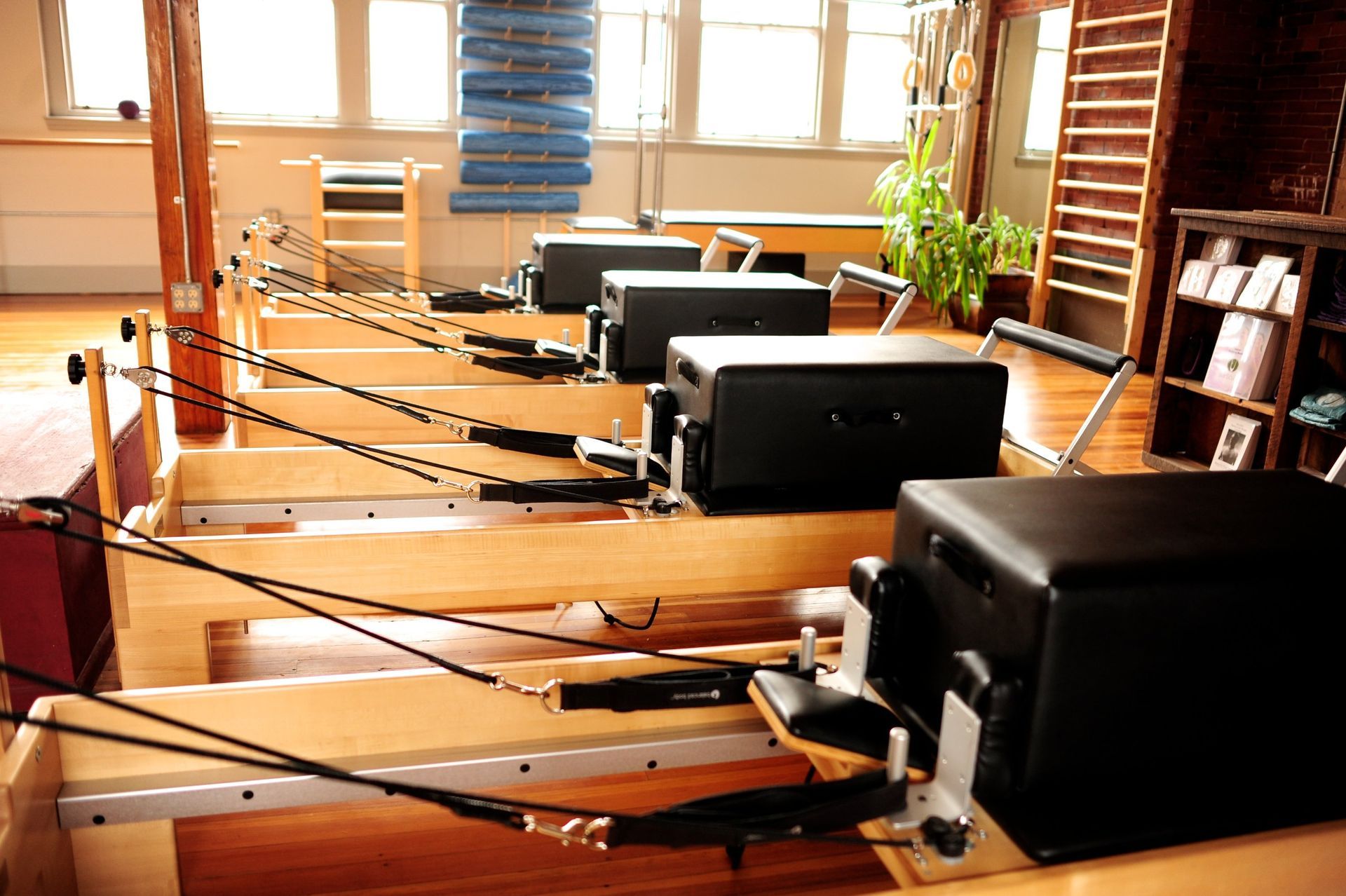When life gets full: 5 ways to keep your workouts going.
Travel, family, celebrations—and how to stay active without burning out or bailing.
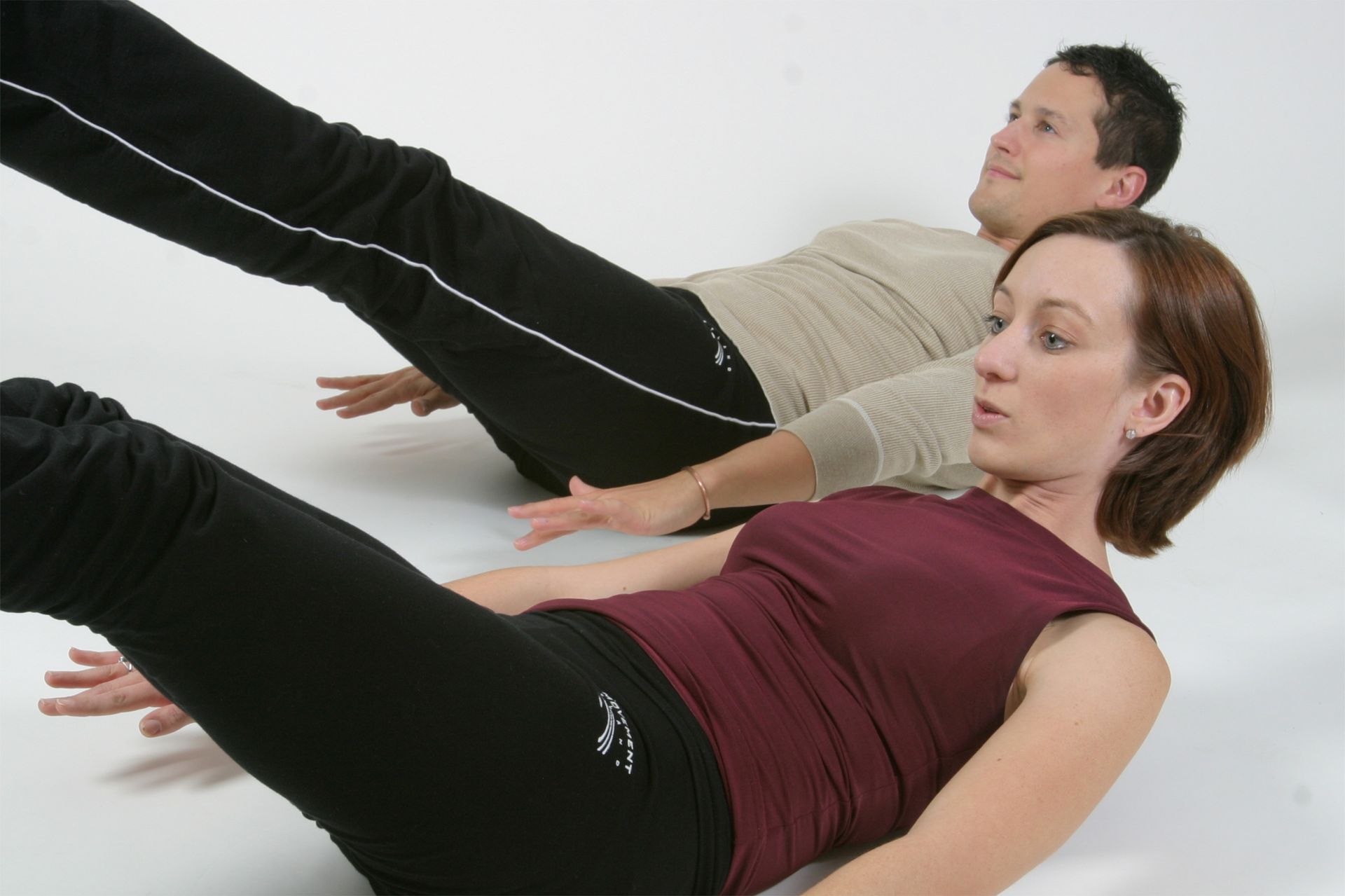
Life Is Beautiful… and Full
Summer is supposed to be the season of ease—longer days, sunshine, and time to relax. But when I looked at my own calendar recently, I had to laugh. Between wrapping things up in San Juan, flying home, driving to my daughter’s college graduation (and back), celebrating my 49th birthday, and catching up with family and friends I haven’t seen in five months, the idea of staying perfectly consistent with my workouts feels… optimistic.
And yet, movement is one of the few things that truly helps me stay grounded when life gets busy or chaotic. Not necessarily hour-long perfect sessions. Not checking off a “fitness to-do list.” Just keeping the habit alive—so I feel strong, clear, and connected to my body.
So how do you stay consistent when your routine falls apart?
Whether you’re traveling, hosting, celebrating, or simply overbooked this summer, here are five tried and true strategies I personally return to—and that I teach my clients when they feel like giving up or starting over.
1. Know Your “Why,” Not Just Your Workout Plan
It’s easy to fall into an all-or-nothing mindset—especially when you're a goal-oriented person. But your commitment to movement has to be bigger than a perfectly executed plan.
Instead of saying “I’ll do Pilates 5x/week,” ask:
“Why does moving my body matter to me right now?”
Maybe it's:
- Staying sane between family obligations
- Recovering from long travel days
- Avoiding the nagging back pain that creeps in when you sit too long
- Simply feeling like you again amidst all the people you love and care for
Your “why” helps you stay consistent, not perfect. It helps you pick the next best option when the original plan disappears.
2. Have a “Grab-and-Go” Workout Strategy
When you’re out of your usual routine, it’s essential to lower the barrier to entry. That means having workouts that are:
- Short (10–20 minutes)
- Familiar (no learning curve)
- Flexible (can be done with no equipment, in any space)
Some of my favorites include:
- On-demand classes you’ve bookmarked
- Memory-based workouts that mix your favorite and least favorite exercises (so it’s balanced and keeps you honest)
- A quick “pick 3” session: choose one core, one glute, and one stretch movement and cycle through them for 15 minutes
Here’s a sample “on-the-go” mini sequence I love when I’m pressed for time and space:
- FoldOver (glutes + balance) – 1 minute each leg
- Plank with Shoulder Taps (core) – 30 sec x 2 rounds
- Standing Roll Down + Flat Back Hinge (spine mobility) – 5 reps
Repeat as many rounds as time allows.
The key isn’t the perfect workout. It’s the one that actually gets done.
3. Use On-Demand or Pre-Recorded Classes—Don’t Rely on Willpower Alone
Even the most motivated movers (yes, even fitness professionals!) get tired of always having to decide what to do.
That’s why I’ve created libraries of short, effective, on-demand workouts for my clients. There’s something about pressing “play” and following along that removes decision fatigue.
If you're someone who thrives with structure but needs flexibility, on-demand classes are a great way to keep workouts in your week—even if the when and where constantly change.
In my BarSculpt and Pilates programs, I’ve got options ranging from 8 to 45 minutes, including:
- Sculpt (Barreless) workouts (great when you’re in a hotel room or small space)
- Targeted sequences for back pain, posture, or hips
- “Stackable” sessions you can combine or break apart
Ask yourself: When I don’t feel like working out, what helps me press play anyway? That’s your secret weapon.
4. Set a Weekly Movement Intention, Not a Daily Rule
If you aim to move 4 times a week and miss Monday, you’ve still got time. If you plan to work out every day and miss one… the temptation to scrap the whole week is real.
That’s why I teach clients to shift from daily goals to weekly intentions. Instead of rigid plans, you’re aiming for:
- A total number of sessions
- A feeling or theme for the week (strength, recovery, balance, grounding)
- A mix of short and long workouts depending on energy, time, and needs
Life gets busy. Intentions allow for that. Perfection doesn't.
Personally, when I know I’m traveling or socializing a lot, I aim for 3 movement moments during the week. Sometimes that’s 20-minute strength. Sometimes it's a long walk with stretching at the end. It all counts.
5. Move with the Mood, Not Against It
There are days when I wake up thinking I should do a long, sweaty workout… but my body and brain both say, “No thanks.”
So I don’t fight it. I ask:
“How can I move in a way that supports how I feel right now?”
Sometimes that means:
- A stretch-based Pilates mat sequence
- A standing Barre flow that wakes up my legs
- One song’s worth of core or arm work
- Or simply breathing deeply and reconnecting to posture
Consistency doesn’t mean intensity. It means you keep showing up in ways that make sense for where you are, physically and emotionally.
When you're traveling, transitioning, or celebrating, giving yourself permission to adapt is what actually allows you to keep going.
Final Thoughts: Keep the Habit Alive, Even If It’s Small
This spring, I’ll be celebrating my daughter’s graduation, reconnecting with family, and turning 49 (what a wild sentence to say out loud). I probably won’t hit every planned workout. But I will move. Because it matters. Because I’ve learned to listen to my body, not just my calendar. Because it’s not about the perfect plan—it’s about staying connected.
You don’t need to push harder. You just need a plan that honors your life and your goals.
Try This Today: A Mini Workout from Memory
Want a quick, do-anywhere session to keep your habit going?
Pick:
- 1 favorite move (e.g. bridge lifts)
- 1 move you tend to avoid (e.g. planks)
- 1 mobility/stretch you love (e.g. figure four stretch)
Cycle through:
- 1 minute each
- 2–3 rounds
You’ve just done a 6–9 minute effective, body-balanced workout. Done and dusted.
Need More Support?
If you're craving structure, creativity, or just someone to help you stay consistent without burning out, check out my:
- On-Demand Pilates & Barre Classes
- Zoom private sessions (these workouts can be adapted to whatever you need)
- Sculpt Series (equipment-free and travel-friendly)
You don’t have to go it alone. Let’s keep you moving—your way.
Check out the Pre-Recorded Library and get moving !!


